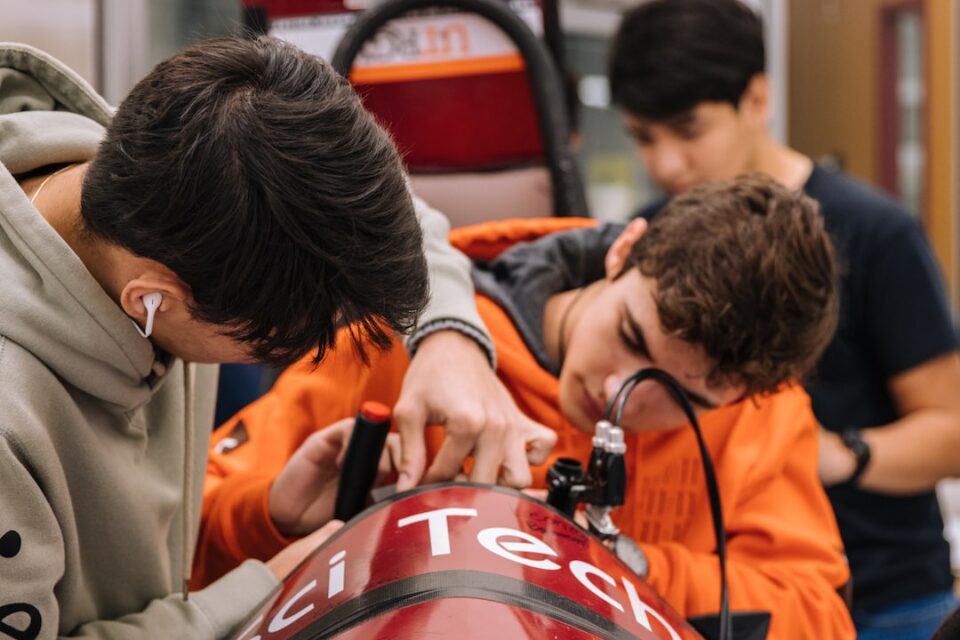Revolutionizing Transportation: Hyperloop Technology
The world has witnessed incredible advancements in various fields of technology over the years. From smartphones to self-driving cars, these innovations have undoubtedly transformed the way we live, work, and interact. One such groundbreaking technology that holds the potential to revolutionize transportation as we know it is the Hyperloop.
Coined by renowned entrepreneur Elon Musk in 2013, the Hyperloop proposes a high-speed, energy-efficient transportation system that uses a network of low-pressure tubes to propel passenger and cargo pods at near-supersonic speeds. As the world grapples with issues like traffic congestion, pollution, and the need for sustainable transportation solutions, the Hyperloop stands as a beacon of promise.
At the core of the Hyperloop concept lies a fundamental principle: levitation. The pods are designed to hover above the track, minimizing friction and allowing for speeds unimaginable with traditional transportation modes. The idea is to create a near-vacuum environment inside the tubes, drastically reducing air resistance and enabling the pods to achieve remarkable speeds, potentially surpassing 700 miles per hour.
One of the key advantages of the Hyperloop is its potential for energy efficiency. With its advanced system of magnetic levitation, these pods can travel at high velocities while consuming significantly less energy compared to airplanes or conventional trains. The pods are also propelled using renewable energy sources, further contributing to their environmental sustainability. By minimizing energy consumption, the Hyperloop has the potential to revolutionize long-distance travel, reducing carbon emissions and mitigating the negative impacts of transportation on the environment.
Another area where the Hyperloop could make a significant impact is in reducing travel time. Imagine being able to travel from one city to another in a matter of minutes, rather than hours. Hyperloop technology could bridge the gap between cities, allowing for rapid and seamless transportation. This increased connectivity has the potential to transform urban planning and regional economies, as people can live in one location and easily commute to work or access healthcare and education facilities in another.
Moreover, the cost-effectiveness of the Hyperloop is a crucial factor to consider. Building and maintaining a traditional high-speed rail network can be an expensive endeavor. The Hyperloop, on the other hand, could be an economically viable alternative. By utilizing elevated or underground tube systems, the infrastructure costs of establishing a Hyperloop network appear to be lower than those associated with conventional transportation modes. Such cost-effectiveness could make the Hyperloop the transportation technology of choice for both developed and developing countries alike.
While the concept of Hyperloop technology is undoubtedly exciting, challenges remain in terms of implementation. Safety is a critical concern, considering the immense speeds at which these pods would travel. Solutions like advanced sensors, fail-safe systems, and extensive testing of the technology would need to be implemented to ensure the safety of passengers. Additionally, regulatory frameworks and international agreements would play a pivotal role in setting industry-wide standards and facilitating the deployment of Hyperloop systems globally.
In recent years, numerous companies and organizations have embarked on the journey to make the Hyperloop a reality. From Virgin Hyperloop to Elon Musk’s own SpaceX, significant progress has been made in developing and testing prototypes. In fact, successful test runs have been conducted, demonstrating the feasibility and potential of this groundbreaking technology. These advancements bring us closer to a future where the Hyperloop becomes an integral part of our transportation infrastructure.
In conclusion, the Hyperloop represents a paradigm shift in transportation. By offering a sustainable, energy-efficient, and high-speed mode of transport, it has the potential to transform the way we commute, connect, and explore the world. While obstacles exist, the progress made so far serves as a testament to the growing interest and viability of this technology. As the world seeks innovative solutions to address transportation challenges, the Hyperloop stands at the forefront, ready to reshape the future of mobility.

